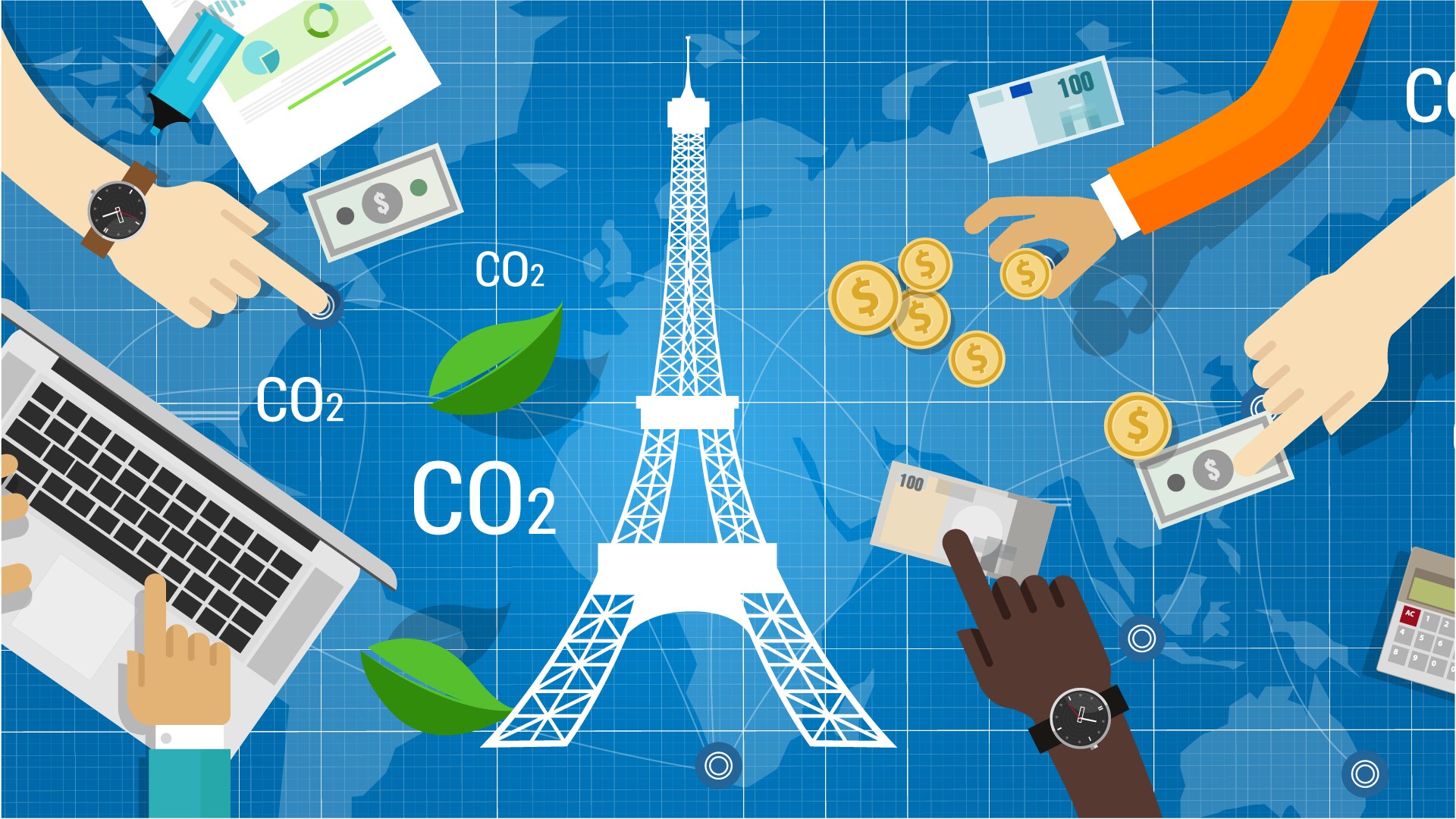
“Climate change poses one of the central challenges of our time,” writes Minneapolis Fed consultant V. V. Chari of the University of Minnesota in “Climate Change Economics: The Role of Uncertainty and Risk.” His essay and the analyses it reviews provide powerful support for the statement.
The essay, published in December 2018 as Staff Report 576 by the Federal Reserve Bank of Minneapolis, serves as an introduction to a volume of papers prepared for a 2014 conference at the University of Minnesota’s Heller-Hurwicz Economics Institute. It begins with a discussion of climate science and the range of predictions regarding carbon dioxide buildup and its impact on the earth and humans. The predictions are uncertain in many respects, but Chari contends that greater uncertainties “lie with our ability as a species to adapt to climate change, mitigate its effects, and find ways to reduce the buildup of greenhouse gases.”
For social scientists, he argues, the task is to take this range of climate scenarios, understand likely consequences for humanity, and communicate the outcomes of alternative policy options. For economists in particular, the challenge is to develop models that accurately capture key elements of how economies will be altered by climate change and, in turn, how economic policies can minimize the related costs.
Chari proceeds in several steps. He first explains why addressing climate change requires collective intervention, that market solutions—generally preferred by economists—are inadequate in this case. He then explains how economists analyze climate change and policy options. Lastly, he reviews the papers presented at the conference. Their unifying theme, he observes, “is that uncertainty and risk must be central to the next generations of economic models of climate change.” Uncertainty, Chari clarifies, is the concern that models are inexact, incomplete, and possibly mistaken. Risk refers to fluctuation, particularly in growth rates. Both considerations argue for interventions that are more urgent and larger than otherwise.
Market failure
One thing is certain: Unfettered markets are incapable of solving the problem of climate change. Chari’s essay argues that collective action is essential in the case of climate change. In most contexts, he says, unrestricted exchange provides the best possible outcomes. Free markets are, in the language of economists, Pareto optimal: That is, no one can be made better off without making others worse off.
“But,” writes Chari, “economists widely agree that this prescription is woefully inadequate when it comes to externalities such as those induced by pollution and global warming.” An externality, a cost imposed by one party on another without the latter’s consent, is a problem for unregulated markets because prices don’t reflect true costs. A factory or farm whose effluents harm the water quality of its neighbors doesn’t pay them for the damage and so doesn’t include that cost in the price of its products. Similarly, greenhouse gas creators like power plants and automobiles don’t pay a price for the consequences of global warming those gases create.
If markets for air quality existed, that would solve the problem, but the issue here is lack of substitutes. Markets can address commodities like shoes or houses, where alternatives are available, Chari notes. But “no good substitutes are available for the quality of any resident’s air” since all must breathe, and that plays a central role in market failure for greenhouse gases. One person’s air quality can’t substitute for another’s, so there is no possibility for exchange, no market. And in the case of carbon dioxide, “the molecules drift far and wide … so burning fossil fuel creates global externalities.”
This isn’t to say that markets have no role; in the case of acid rain, for example, federal policies required factories to purchase sulfur dioxide emission permits and helped create a market for their exchange. In concert with other measures, such markets have significantly reduced the problem.
But the central message is that “some form of collective intervention is needed,” and governments and multilateral organizations are the likely agencies.
Current models
Models developed by Yale economist William Nordhaus, who received the Nobel prize in 2018 for his work on climate change, stand as the benchmark for current analysis. His models include two modules; one examines the economic consequences of climate change, and the other maps how the economy affects the climate. Externalities are a central element: Emissions raise global temperatures, and that impacts economic productivity, “but no individual actor takes [that] into account [in] his or her choice of fossil fuel use.”
The Nordhaus model is designed to analyze policy trade-offs. Reducing emissions comes at the cost of reducing economic output—fewer refrigerators, less corn—but, by lowering temperatures, such a policy could raise future output. To calculate the cost of various scenarios, Chari recommends computing the “social cost of carbon,” the sum of marginal damages on all people expressed as sacrificed consumption. But the calculation becomes complicated when weighing the well-being of those living against the well-being of those not yet born. Nordhaus suggests that market interest rates are a useful guide for that trade-off; others say market forces are not the best measure for ethical trade-offs.
In any case, cost estimates are in hand. The Nobel Committee’s scientific report, using Nordhaus’ model and parameters, estimates the social cost of carbon at $30 per metric ton now, corresponding to a gasoline tax of 30 cents per gallon. The cost would rise to $64 in 2030 and $154 in 2050. Other estimates, using higher weights for future generations, put the current price at $290, requiring a $3 gas tax, rising to $380 in 2030 and $615 in 2050. Chari notes that such taxes would require “significant reordering” of our economy, but are “hardly a call for a wholesale abandonment” of current systems.
These models are an important starting point, Chari writes, and they can be adapted further to incorporate risk, that is, variations, especially in regard to growth rates. On the frontier are efforts (including those presented at the conference; see sidebar) to integrate uncertainty, ambiguity, and learning. “Incorporating these features,” concludes Chari, “may require more urgent and more aggressive policies.”






